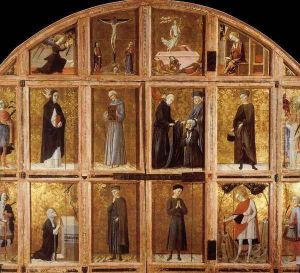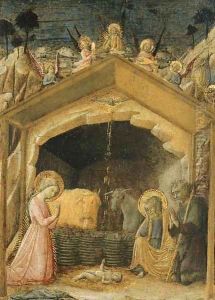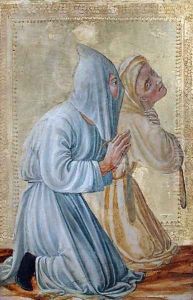Lorenzo Di Pietro Vecchietta Paintings
Lorenzo di Pietro, known as Vecchietta or Il Vecchietta, was an Italian painter, sculptor, and architect of the Renaissance period. Born in Castiglione di Val d'Orcia, Siena, around 1412, Vecchietta was active primarily in Siena. His early life and training are not well-documented, but he is thought to have been a pupil of the Sienese painter Il Sassetta. Vecchietta's work is characteristic of the Sienese school, which was more conservative than the Florentine school and often retained a more Gothic flavor well into the 15th century.
Vecchietta is best known for his religious works, which include paintings, frescoes, and sculptures. His art is marked by a combination of Gothic and Renaissance elements, with an attention to detail and a fondness for elongated figures and expressive faces. Among his most famous works are the frescoes in the Hospital of Santa Maria della Scala in Siena, where he depicted scenes from the Old Testament and the life of Christ with a remarkable sense of narrative.
As a sculptor, Vecchietta produced several significant bronze works. His sculpture of St. John the Baptist for the baptismal font in Siena's Cathedral is particularly noted for its realism and the vigorous expression of the saint. Vecchietta was also involved in architecture; he designed the Loggia della Mercanzia in Siena, which is considered an early example of Renaissance architecture in the city.
Throughout his career, Vecchietta enjoyed the patronage of prominent Sienese families and religious institutions. His contributions to Sienese art were influential, and he played a role in the transition from the Gothic to the Renaissance style in the region. Vecchietta's legacy is that of a versatile artist who could adapt his talents to painting, sculpture, and architecture, leaving a lasting imprint on the artistic landscape of Siena. He died in Siena in 1480, leaving behind a body of work that continues to be admired for its devotional quality and its blend of traditional and innovative elements.



















